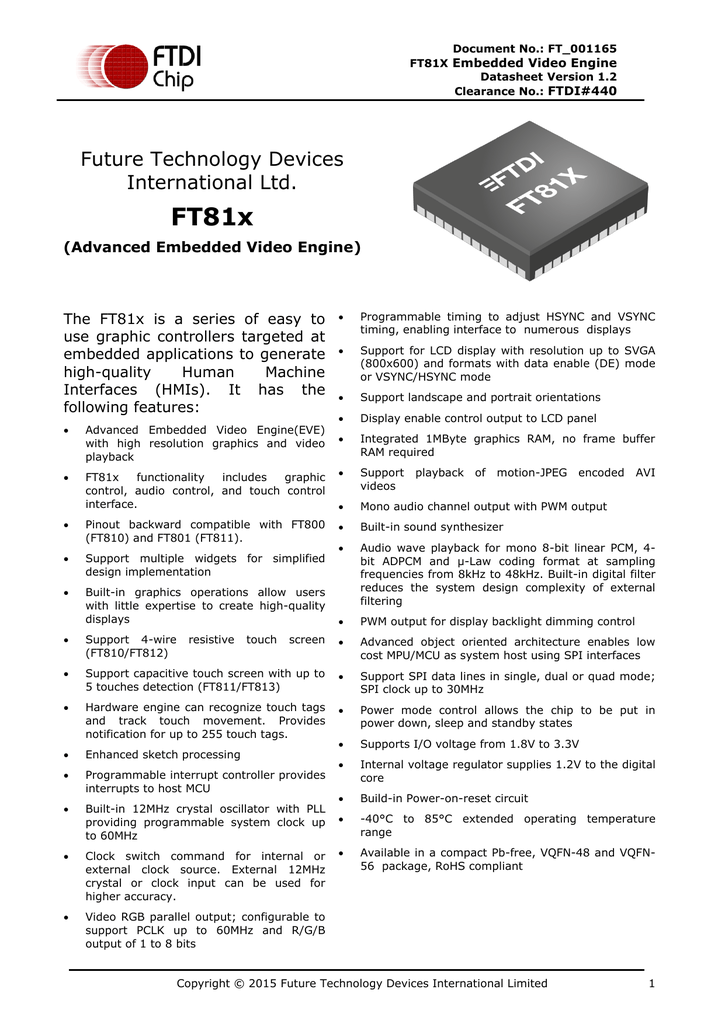
5.2 Laminar Cortical Models: LAMINART, cARTWORD, LIST PARSE, SMART.5.1 Realization of ART Principles in Laminar Cortical Circuits.4.13.2 Learning of fuzzy IF-THEN rules by a self-organizing production system.4.13.1 Memory consolidation and medial temporal amnesia.4.13 Memory Consolidation and the Emergence of Rules: Direct Access to Globally Best Match.4.12.3 Minimax learning via match tracking: Learning the most general predictive categories.4.12.2 Vigilance is computed in the orienting system.4.12.1 Vigilance controls whether concrete or general categories are learned.4.12 Vigilance Regulates the Content of Conscious Experiences: Exemplars and Prototypes.4.11.3 Medium-term memory: Habituative transmitter gates in nonstationary hypothesis testing.4.11.2 Novelty-sensitive nonspecific arousal: Novel events are arousing.4.11.1 Complementary attentional and orienting systems.4.11 Mismatch-activated Nonspecific Arousal Regulates Reset and Search.4.10 Mixing Unsupervised with Supervised Learning.

4.9 Resonance Links Intentional and Attentional Information Processing to Learning.4.8.2 Order-preserving limit cycles and synchronous oscillations.4.8.1 Resonant synthesis of complementary categories and distributed feature patterns.
 4.8 Synchronous binding of Feature Patterns and Categories during Conscious Resonances. 4.7 ART Reset, Search, and Hypothesis Testing Cycle. 4.6 Complementary Attention and Orienting Systems: Expected vs. 4.5 Imagining, Planning, and Hallucinations: Prediction without Action. 4.4.4 Mathematical form of the ART Matching Rule. 4.4.3 Data support for the ART Matching Rule. 4.4.2 Noise-saturation dilemma: Shunting on-center off-surround networks. 4.4.1 Attention obeys the ART Matching Rule. 4.4 ART Matching Rule and Biased Competition: Top-down, Modulatory On-Center, Off-Surround Network. 4.3 Linking Brain to Behavior: All Conscious States are Resonant States. 4.2.2 Learning of attended critical feature patterns. 4.2 Learning, Expectation, Attention, and Intention. 4.1.4 Spatially-invariant recognition vs. 4.1.3 Why procedural memories are not conscious. 4.1.2 Controlling a changing body: Inhibitory matching and mismatch learning. 4.1.1 Learning to be an expert in a changing world: Excitatory matching and match learning.
4.8 Synchronous binding of Feature Patterns and Categories during Conscious Resonances. 4.7 ART Reset, Search, and Hypothesis Testing Cycle. 4.6 Complementary Attention and Orienting Systems: Expected vs. 4.5 Imagining, Planning, and Hallucinations: Prediction without Action. 4.4.4 Mathematical form of the ART Matching Rule. 4.4.3 Data support for the ART Matching Rule. 4.4.2 Noise-saturation dilemma: Shunting on-center off-surround networks. 4.4.1 Attention obeys the ART Matching Rule. 4.4 ART Matching Rule and Biased Competition: Top-down, Modulatory On-Center, Off-Surround Network. 4.3 Linking Brain to Behavior: All Conscious States are Resonant States. 4.2.2 Learning of attended critical feature patterns. 4.2 Learning, Expectation, Attention, and Intention. 4.1.4 Spatially-invariant recognition vs. 4.1.3 Why procedural memories are not conscious. 4.1.2 Controlling a changing body: Inhibitory matching and mismatch learning. 4.1.1 Learning to be an expert in a changing world: Excitatory matching and match learning. 
4.1 Learning and Prediction by Complementary Cortical Streams for Recognition and Action. 3 Applications in Engineering and Technology. 2.4 LTM: Gated Steepest Descent Learning. 2.3 MTM: Habituative Transmitter Gates and Depressing Synapses. 2.2 STM: Neuronal Activation in Additive and Shunting On-Center Off-Surround Networks. 2.1 Equations for short-term memory, medium-term memory, and long-term memory. 1.2 Equations, Modules, Modal Architectures, and Complementary Processing Streams. 1.1 The Stability-Plasticity Dilemma and Rapid Learning Throughout Life.







 0 kommentar(er)
0 kommentar(er)
